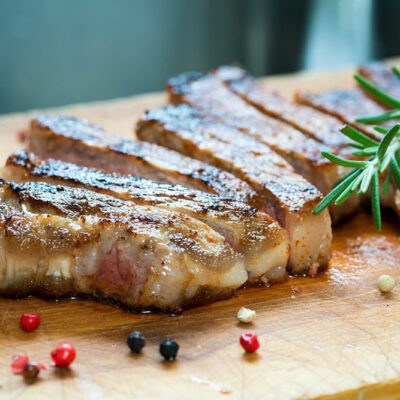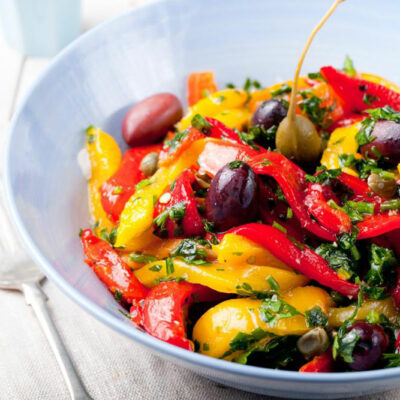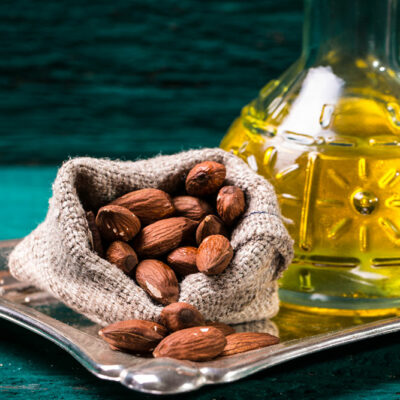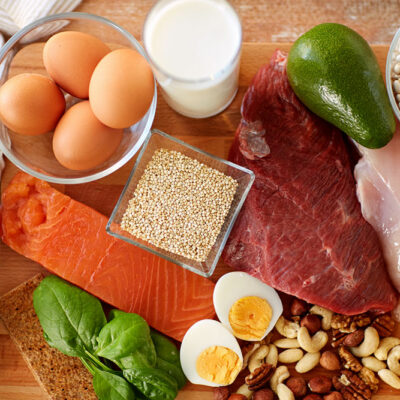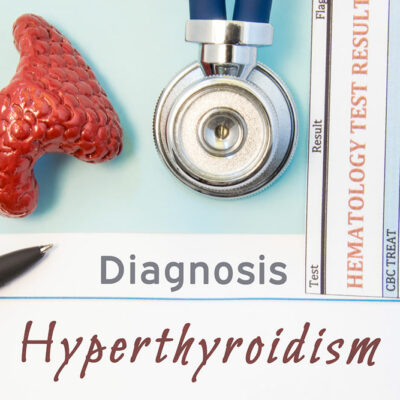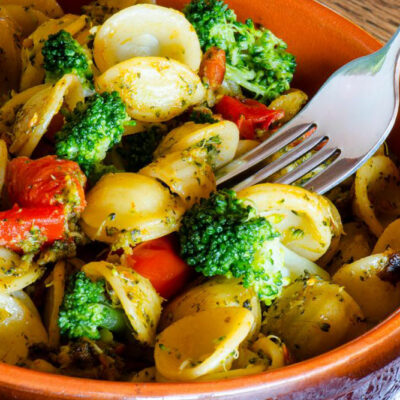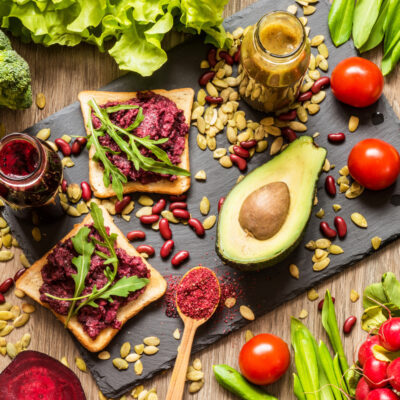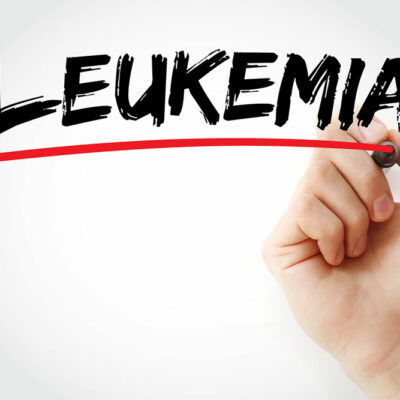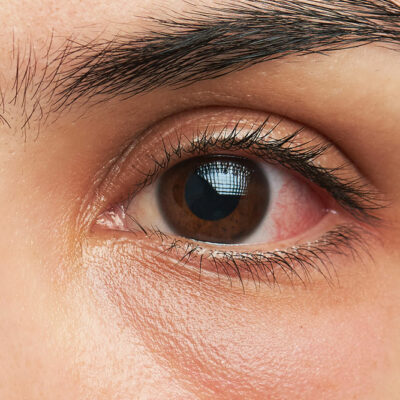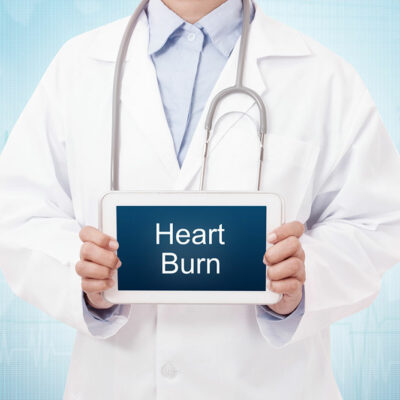
Diet
An introduction to knowing about heartburn
Heartburn is a very common condition, which may occur to anyone. It refers to the burning sensation in the esophagus, which is a tube connecting the throat and stomach. The primary cause of heartburn is stomach acid. The food when swallowed combines with enzymes and acids in the stomach for digestion. The stomach has special protective lining cells, which prevent the acid from causing inflammation. This protective lining is not present in the esophagus and hence, when the digestive juices and stomach acid return back to the esophagus due to a malfunction, they can cause a burning sensation and sometimes, damage to the unprotected lining of the esophagus. Causes of heartburn The main reason for heartburn is the returning back of digestive juices and stomach acid into the esophagus. The connecting point of esophagus and stomach is juncture called the lower esophageal sphincter. Normally, this sphincter closes when food transfers to the stomach. But if your sphincter is not working properly, then it will not close after the food enters the stomach. The stomach acids then move into the esophagus causing irritation and resulting in heartburn. In some people, heartburn is also caused due to a hiatal hernia. In this condition, a part of the stomach pushes through the diaphragm into the chest.
Read More 